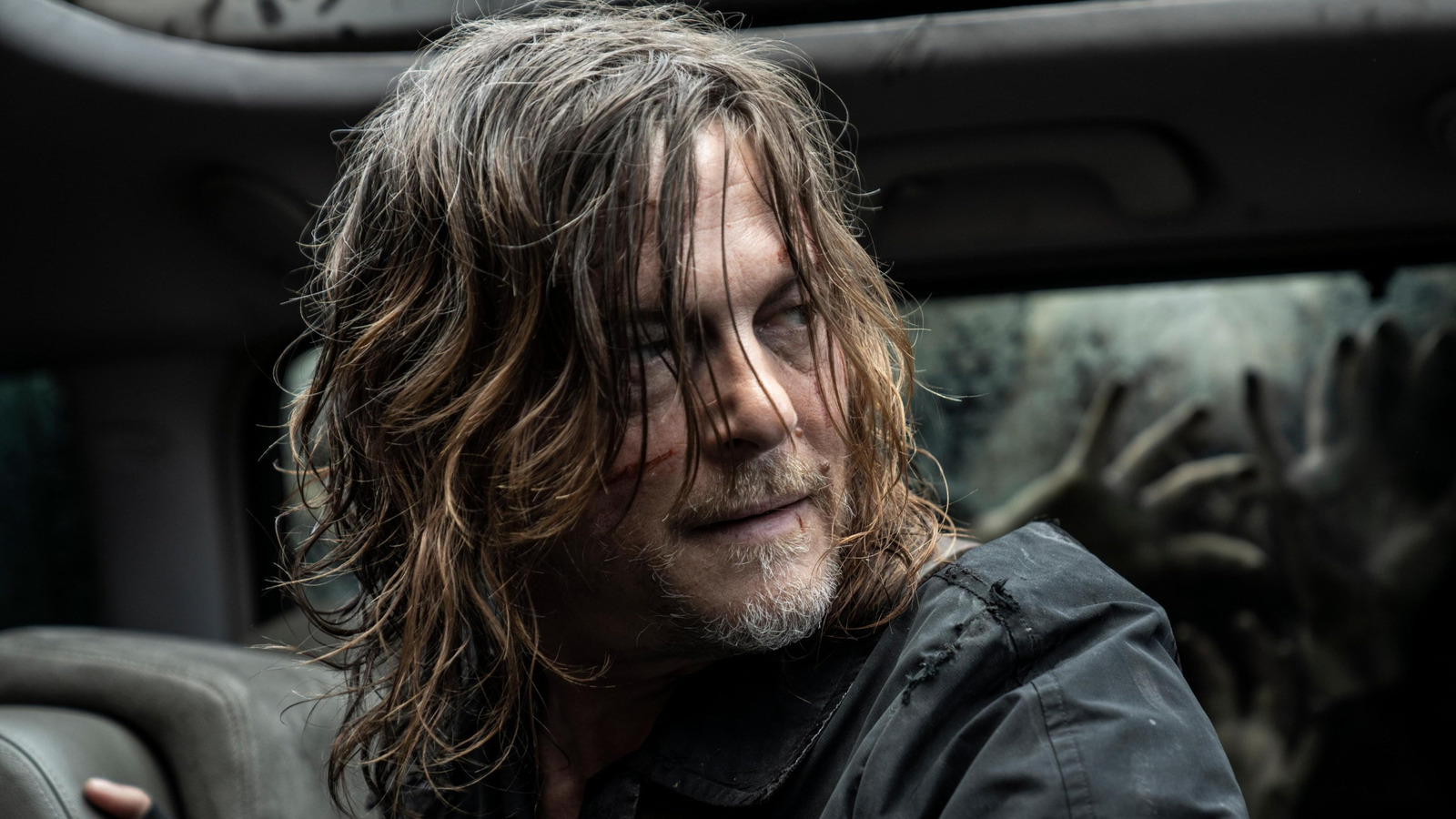Rapid Read • 8 min read
Facial hair has experienced a cyclical revival in American culture, with its popularity fluctuating over the decades. Historically, facial hair was widely accepted in the mid-19th century, with figures like Abraham Lincoln and Ulysses S. Grant sporting beards. However, after President Taft, facial hair fell out of favor, largely due to military regulations and hygiene concerns. The 1960s saw facial hair become a symbol of counterculture, embraced by hippies and revolutionaries. In recent years, facial hair has become more mainstream, with politicians and public figures adopting beards to enhance their image. The trend has reached a peak, with even traditionally clean-shaven institutions like the New York Yankees allowing beards.
AD
The resurgence of facial hair reflects broader cultural shifts in American society. It signifies a move away from rigid norms and an embrace of individuality and self-expression. For politicians, growing a beard can be a strategic move to appear more relatable and less calculating. This trend also impacts industries such as fashion and grooming, with increased demand for beard care products and styling services. The acceptance of facial hair in professional settings indicates a shift towards more relaxed and diverse workplace standards, potentially influencing hiring practices and corporate culture.
As facial hair continues to gain popularity, it may lead to further changes in societal norms and professional standards. Companies might adapt their policies to accommodate diverse grooming styles, reflecting a broader acceptance of individuality. The trend could also influence political campaigns, with candidates using facial hair to craft their public image. Additionally, the grooming industry may see growth as more individuals seek products and services to maintain their facial hair.
The revival of facial hair also raises questions about gender norms and identity. As facial hair becomes a symbol of masculinity, it challenges traditional perceptions and encourages discussions about gender expression. This trend may also influence cultural representations in media, with facial hair becoming a prominent feature in character design and storytelling.
AD
More Stories You Might Enjoy














